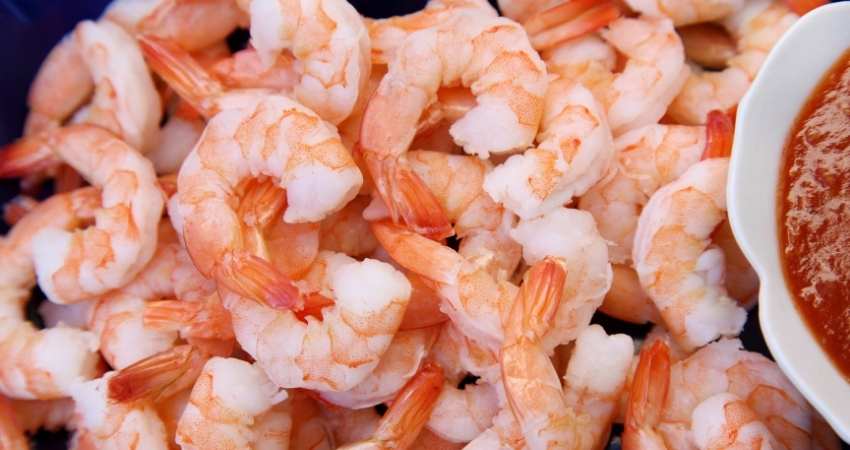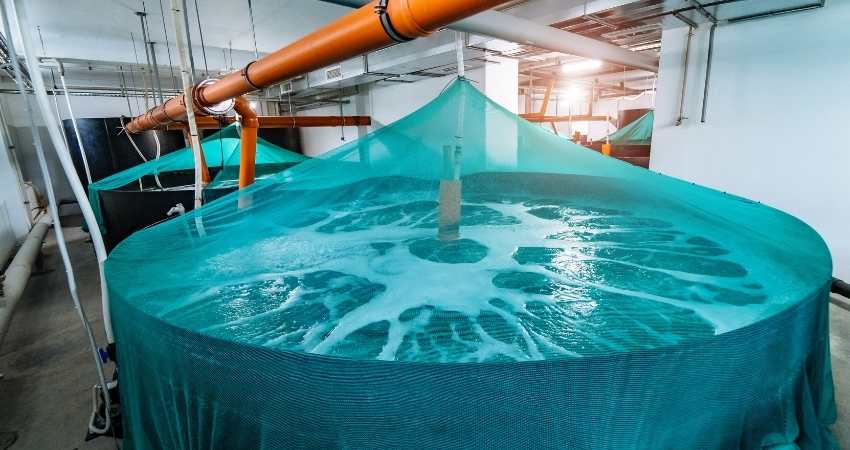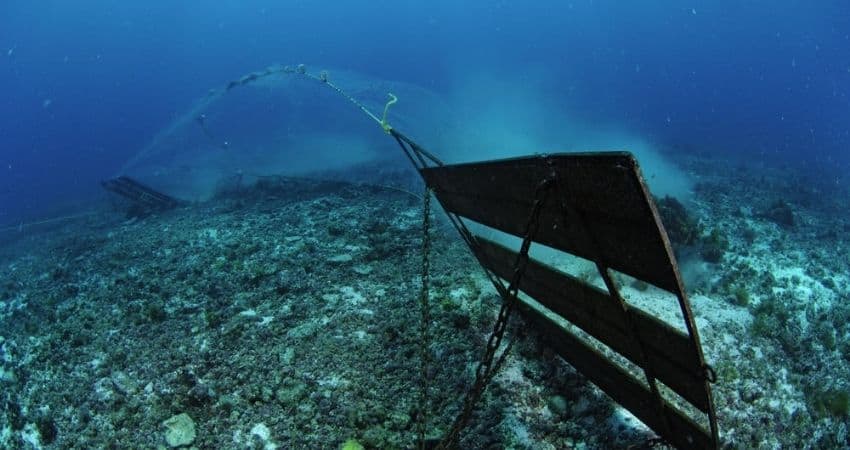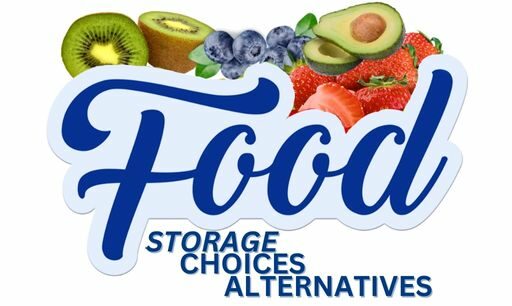Farm Raised or Wild Caught Shrimp – Which Is Best?
With such an enormous range of possibilities when cooking with shrimp there is one question often asked: which is better, farm raised or wild caught shrimp?
Wild caught shrimp is better than farm raised shrimp. Wild caught shrimp is safer because its regulated to ensure product safety for customers and preserving the environment. Farm raised shrimp are fed antibiotics to help control illness. In addition, the farm raised tanks are treated with chemicals to control bacteria and fungi.
There are a few different things you should consider when trying to determine which shrimp is better. This article will cover them all.
Does Wild Caught Shrimp Taste Different or Better Than Farm Raised?

As a Certified Health Coach many clients ask me about food comparisons including shrimp. Also, I purchase and consume it myself. Therefore, I have researched this topic in the past and present. Let’s examine the two types closely.
The omnipresent misconception is that wild shrimp is better tasting however there is no real difference in the flavor.
There were a few cases in which wild shrimp was noted as different tasting, due to wild shrimp’s diet. Many believe that this misunderstanding was developed due to the hefty price of wild shrimp.
Disclaimer: Some of links in this article are affiliate links which means I may earn a small commission at no extra cost to you. As an Amazon associate I earn from qualifying purchases.
Is Wild Caught Shrimp Healthy?
The only nutritious difference between the two types of shrimp is farmed shrimp is rich in omega 3 acids1 while the wild shrimp is known to have fewer saturated fats.
This is due to their diet and the amount of activity the shrimp are able to have since they are not confined to a space. Because of these properties, chefs around the world prefer wild shrimp.
Unfortunately, due to this misconception, wild shrimp is more expensive than its farmed counterpart. The middle ground would be frozen or canned wild shrimp.
This is a bit more budget friendly however many avoid this option since it affects the texture of the meat. Amazingly enough, wild caught shrimp is sold on Amazon. Check out their prices by clicking here, Wild caught shrimp.
Either way, shrimp has a variety of health benefits as it is rich in vitamins, minerals and is a great source of protein. All of this promotes cardiovascular health2 and the omega 3 acids are good for brain activity.
It also affects triglycerides lowering them significantly in comparison to people who don’t consume any shellfish3.
Is Farmed Shrimp Bad for You?

Generally speaking, both types of shrimp should be safe for consumption as long as you buy them from reliable sources that trace their product.
Reputable farmers will be controlled and monitored to make sure their product is safe for consumption. However, there are some possible side effects with both types.
With wild shrimp, the biggest concerns are contaminations caused by pollution and higher levels of mercury. Other than these there are not much you should worry about and wild shrimp should be free of any other kind of chemicals and drugs.
Scallops, another seafood favorite may be different. You can find out in my blog post, Farm-Raised Vs Wild Caught Scallops: Which Seafood is Best?
There is a bit more concerns with farmed shrimp. The sources of the concern with farmed shrimp are the unmonitored farmers with unethical practices. Due to the big population of shrimp with these farmers, there are bigger possibilities for the shrimp to contract different illnesses.
To prevent this, farmers often use a type of antibiotics inside the tanks4.
This was studied as a way of promoting AMR (antimicrobial resistance). This can cause you to be more resistant to the effect of medication on different infections and microorganisms5.
Another concern is the way tanks are cleaned. Many shrimp farmers are known to use different chemical agents to control the number of bacteria, fungi and other pathogens inside the tank.
This can cause the farmed shrimp to be higher in contaminants. In addition, the chemical agent can leave a thin film of the cleaning solution on the skin of the shrimp. This may cause many different health issues, depending on the amount ingested.
What is Better for the Environment: Wild Caught or Farm Raised Shrimp?
Wild shrimp comes mostly from the ocean6. Some laws in place regulate shrimp extraction to avoid overfishing. However, there are still many concerns regarding these practices most notably the issues with bycatch (other fish that get caught unintentionally) and the damage caused by trawling.
Bycatch

The fishermen catch shrimp using nets. Since shrimp are relatively small, the spaces in the net have to be smaller to catch the shrimp. Since most fish are at least the same size, if not bigger than shrimp, they get stuck in the net7.
Since the process of extraction is relatively long, the other fish caught in the net dies. There is too much time between the moment the nets are raised from the sea and the moment other fish is returned to the sea.
According to the Monterey Bay Aquarium, there is on average 6 pounds of bycatch for every pound of shrimp. This significantly affects the other species in the ecosystem8.
Trawling
Another method of collecting shrimp is trawling. This process includes scraping the bottom of the ocean’s floor with machinery designed to aid in catching the shrimp that resides on the bottom of the ocean.
This causes severe damage to the ecosystems of the ocean’s floor, and it is usually permanent9. This can cause many species to relocate because of the damage caused.
On the other hand farming, shrimp is much more sustainable. The increase in the number of shrimp farms counteracted the effects of overfishing. The high demand for shrimp combined with laws that were put in place to avoid overfishing prompted many to venture into the business of farming shrimp.
Starting is relatively easy since all you need are tanks, food, and an enclosure or outside space with some sort of a roof to keep tanks at. This type of business mostly located in China, India, Thailand, and Indonesia helped locals by creating more work for them.
Many reputable shrimp farmers make sure to take good care of their shrimp, surrounding environment and employees. Unfortunately, many others take advantage of this easy opportunity to make some profit. This often leads to labor issues.
The untrustworthy farmers have their tanks and ponds overpopulated and not taken care of properly. They are known to use steroids and growth hormones to make their shrimp larger. In addition, they dye them a pink color to pass them off as wild caught shrimp.
This practice enables them to sell more shrimp and reap bigger profits. Shrimp tanks are often kept clean using chemicals rather than cleaning them daily which affect nearby ecosystems and water.
Where do Wild Caught Shrimp Come From?
Wild caught shrimp are ones that are caught by fishermen from their natural habitats in the ocean or other bodies of water. Since shrimp are scavengers, they live on the bottom of the body of water or, in cases of smaller shrimp, inside other organisms like sponges10.
Most of the wild caught shrimp come from warmer waters like the Gulf of Mexico and Pacific coasts of Central and South America.
How Can You Tell if Shrimp is Wild Caught?
If you prefer one type of shrimp over the other, there are a few ways you can go about determining which one it is.
While buying your safest bet is getting packaged ones and determining where the shrimp comes from. Make sure the package includes a certification if you are buying farmed ones11.
If you prefer shrimp not prepackaged, your best clue will be the color of the shrimp. The color of the shrimp, like many other sea creatures, are determined by their diet.
The shrimp diet in the ocean consists of clams, snails, and dead fish. This diet provides them with antioxidants which in turn cause their signature pinkish color.
On the other hand, farm raised shrimp are fed soybean meals and other plant based products. This will cause their color to turn gray.
Another thing to look out for is the size of the shrimp. Usually, wild shrimp will not grow too big in size, so if you find large shrimp, chances are they are farm raised.
This process can be a little bit harder once you are eating out, however, if you ask you will usually get the answer. Supermarkets and restaurants are required to trace back their suppliers and if the information is not presented to you on the menu once you ask they will tell you.
Keto Diet Tip: Some shellfish contains carbs but not shrimp making them a great choice for a low-carb diet. One of the biggest reasons for failing a Keto diet is not having a plan. Simply follow this plan for only 28 days, The 28-Day Keto Challenge and you can Succeed!
If you have any questions to ask me about this article don’t hesitate to comment below or email us. You can find an email on our contact page.
Read Next – More Food vs Food!
Ceylon Vs Cassia Cinnamon: Which is Better?
Legumes Vs. Nuts: The Differences
Organic Onions vs. Regular Onions: What’s the Difference?
- National Institutes of Health: Omega-3 Fatty Acids [↩]
- National Center for Biotechnology Information: Effects of shrimp consumption on plasma lipoproteins [↩]
- National Center for Biotechnology Information: A Randomized Double-Blind, Placebo-Controlled, Multicentre Trial of the Effects of a Shrimp Protein Hydrolysate on Blood Pressure [↩]
- Consumer Reports: How safe is your shrimp? [↩]
- Medical Research Council: What is AMR? [↩]
- Colorado State University: Wild caught vs. farm raised seafood [↩]
- NOAA Fisheries: Bycatch [↩]
- Monterey Bay Aquarium: Sustainable seafood [↩]
- University of Miami: Commercial Shrimp Trawling: the profit does not out weigh the damaging effects on rest of the ecosystem [↩]
- Wikipedia: Shrimp [↩]
- FTC: De-Coding Seafood Eco-Labels [↩]
